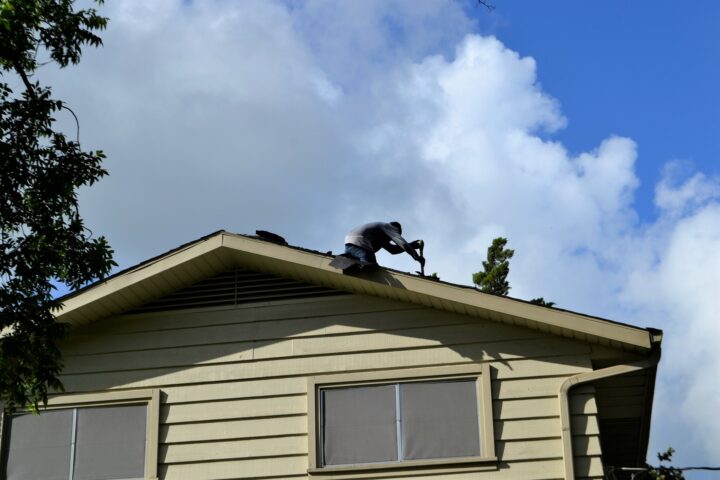Ensuring Compliance and Safety on the Job: Best Practices for Roofing Contractors
Falls and other accidents are some of the risks that roofers expose themselves to. These unfortunate occurrences pose significant risks to workers’ health and safety. Hence, roofing contractors must ensure compliance and safety at their work sites. Indiana has regulations to ensure roofing contractors adhere to compliance and safety measures at their worksite.
Indiana is located in the midwestern part of the United States, one of the states that make up the Great Lakes Region. Roofing contractors in this state should consider Indiana roofers insurance to cover their businesses and workers. This action is a step that indicates adherence to compliance and safety regulations.

As a contractor, you must comply with federal and local regulations and industry best practices to minimize risks and prevent incidents and injuries at the work site. This article will articulate best practices for roofing contractors to encourage compliance and safety at the work site.
Training and Experience
Well-trained workers are likely to adhere to safety protocols and avoid accidents. Roofing contractors should undergo training to help them attain the knowledge required at their work site. It is crucial to give adequate training to new employees to help them understand the risks of the job, use the equipment correctly, and follow best practices.
Training should continue to bring all the employees on board and make them aware of the latest safety regulations and equipment. In summary, training helps to equip workers with knowledge and skills, gives the workers confidence and competence, and helps them comply with safety regulations and guidelines.
Use of Personal Protective Equipment
Roofing contractors are responsible for using personal protective equipment to protect themselves from injuries as they work. This PPE includes safety glasses, gloves, helmets, proper footwear and clothing, and shoes with traction. All the PPE should be in good condition and properly fitted.
Regular inspection and maintenance of equipment and tools
Contractors should ensure that all equipment and tools are well maintained to prevent accidents resulting from defective tools. Defective tools and equipment should be repaired or replaced in time. Routine maintenance and regular inspection offer preventive measures, minimize long-term costs, and meet safety standards.
Adhere to Safety Standards and Regulations
Roofing contractors must comply with safety standards and regulations to ascertain safety and compliance with the work. Safety standards and regulations enhance the protection of workers and the efficient completion of the job. Contractors should be alert and stay updated on safety standards and regulations.
Teamwork and communication
Communication and teamwork are vital to enhancing safety and compliance at the work site. There must be clear communication channels between management, supervisors, and employees. Proper communication can help prevent hazardous situations that could arise on the job.
Analysis of Job Hazards and work site preparation
This involves identifying and removing potential hazards from the work site. Roofing contractors should implement the process of job hazard analysis before beginning any work to spot any dangers and find a way to eliminate or control them. Reviewing the technique should be frequent to identify all hazards and solve the problem as quickly as possible.
Emergency Preparedness and Risk Management
Concerned contractors should identify, assess, and control any risks at the work site. The risk management plan should help roofing contractors identify potential risks and devise measures to manage them. Emergency preparedness is crucial for maintaining safety while working at the site. Work together with a fire protection company in Harris County, or anywhere you’re located, to make sure the building is safe and fully prepared when fire happens.
Finally, roofing contractors should prioritize safety and compliance practices to enhance their workers’ safety and protect their businesses. Roofing best practices can prevent accidents and harm during work. Implementing the best procedures benefits the employees and protects the roofing contractor’s reputation and financial success.


